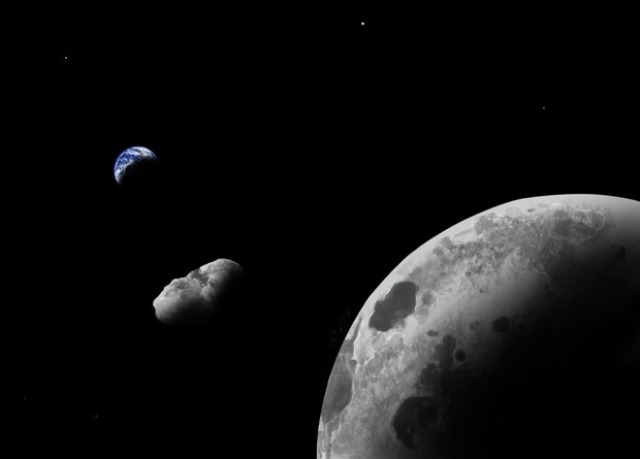The project of the second Chinese interplanetary station "Tianwen-2" has passed into the engineering design stage, and the device itself will be launched into space in 2025. It is expected that the station will be able to deliver soil to Earth from the Kamoalev Earth quasi-satellite, as well as study the active asteroid 311P/PANSTARRS, it is reported on the website Space.com .
Asteroid (469219) Kamoaleva became the fifth known quasi-satellite of the Earth, which was discovered in 2016. Its orbit is considered the most stable among all terrestrial quasi-satellites, and the length of the semimajor axis is within 0.001 astronomical units from our planet. The results of observations carried out by ground-based telescopes show that the properties of Kamoaleva differ from near-Earth asteroids, it may be from an unknown population of Trojan asteroids of the Earth or even a fragment of the Moon thrown into space during a powerful impact event.
In 2018, the Chinese Academy of Sciences announced the launch of the development of a new automatic ZhengHe station, later renamed Tianwen-2, which will become the second interplanetary mission of the PRC. Kamoaleva and the active asteroid 311P/PANSTARRS (comet 133P/Elsta—Pizarro was originally assumed to be the targets for the study) were chosen. The device should help scientists understand the origin, internal structure and composition of these bodies.
On May 13, 2022, the chief designer of the first Chinese interplanetary mission "Tianwen-1" Zhang Rongqiao announced the beginning of the engineering design of "Tianwen-2". A ground-sampling device will be installed at the station to obtain a sample of the Kamoaleva substance and its subsequent delivery to Earth using a return capsule, as well as four robotic manipulators with drills at the ends to attach the station to the surface of the asteroid during sampling. In addition, the Russian side is also involved in the project — the ICI of the Russian Academy of Sciences should supply three scientific instruments for the device.
The estimated duration of the scientific program "Tianwen-2" is at least ten years, the date of launch into space is scheduled for 2025. It is expected that two to three years after the launch, the station will bring a capsule with soil to Earth, after which it will head to 311P/PANSTARRS.
From where the quasi-satellites come from the Earth, you can find out from the material "Temporary Moon" .
Alexander Voityuk

